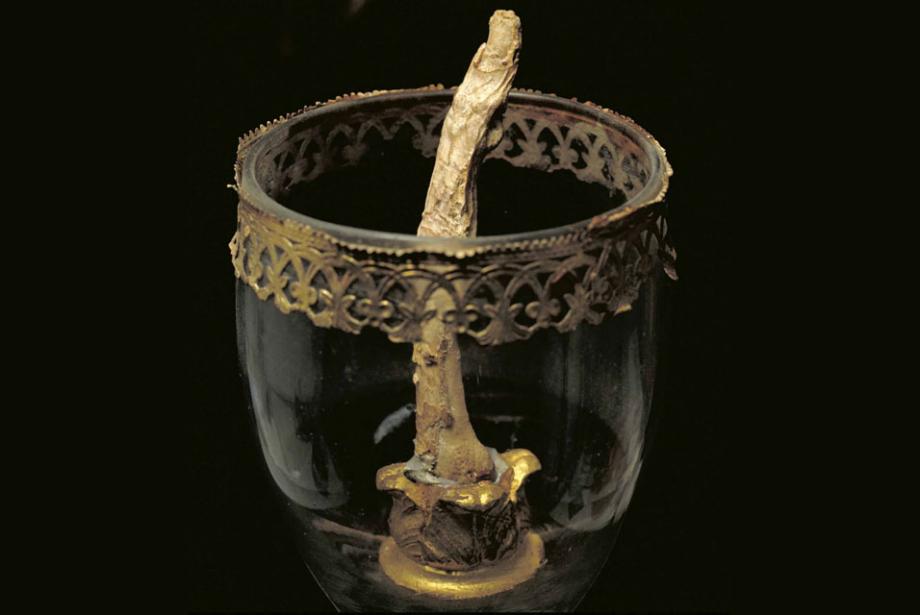Galileo's Middle Finger
Atlas Obscura on Slate is a new travel blog. Like us on Facebook, Tumblr, or follow us on Twitter @atlasobscura
It is a remarkable bit of irony, the finger: venerated, kept in a shrine, subjected to the same treatment as a saintly relic. But this finger belonged to no saint. It is the long bony appendage of an enemy of the church, a heretic.
As with a fine wine, it took some years for Galileo’s fingers to age into something worth snapping off his skeletal hand. The finger was removed by one Anton Francesco Gori on March 12, 1737, 95 years after Galileo’s death. Passed around for a couple hundred years, it finally came to rest in the Florence History of Science Museum.
In 2009, two more fingers, a vertebrae, and a tooth belonging to Galileo were discovered at auction. The spare parts had disappeared in 1905, and not been seen for over 100 years. Once their origin was deduced, they were returned them to the Science Museum, to rejoin Galileo's middle finer.
Today the middle finger sits in a small glass egg among lodestones and telescopes, human fragments in a museum devoted entirely to scientific instruments.
It is hard to know how Galileo would have felt about the final resting place of his middle finger. Whether it points upwards to the sky, where Galileo glimpsed the glory of the universe and saw God in mathematics, or if it sits eternally defiant to the church that condemned him, is for the viewer to decide.
More photos of Galileo’s Middle Finger can be seen on Atlas Obscura
Secular Relics:

